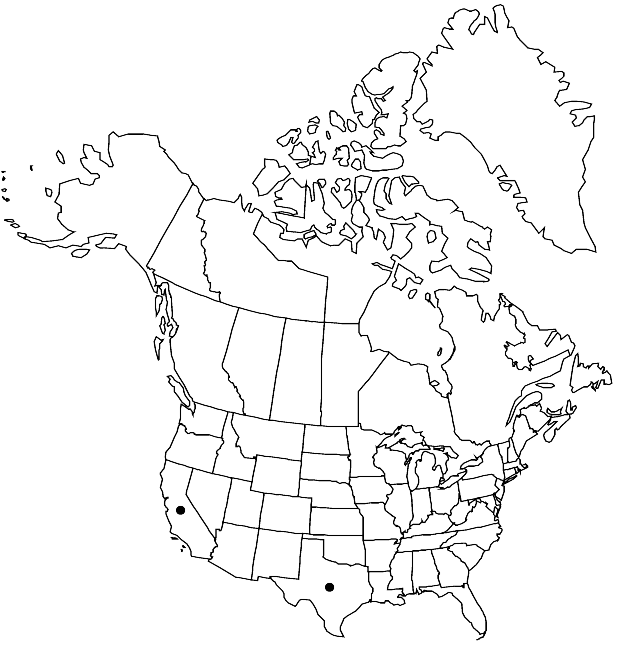Matthiola incana
in W. Aiton and W. T. Aiton, Hortus Kew. 4: 119. 1812.
Biennials or perennials, rarely annuals; usually densely tomentose. Stems erect, (1–) 2.5–6 (–9) dm, (unbranched or branched distally), often tomentose. Basal leaves often in vegetative rosettes. Cauline leaves shortly petiolate or sessile; blade linear-oblanceolate, narrowly oblong, or lanceolate, (2.5–) 4–16 (–22) cm × (5–) 8–18 (–25) mm (smaller distally), base attenuate to cuneate, margins usually entire or repand, rarely sinuate. Fruiting pedicels ascending, straight or slightly curved, (6–) 10–20 (–25) mm, thinner than fruit. Flowers: sepals linear-lanceolate to narrowly oblong, 10–15 × 2–3 mm; petals purple, violet, pink, or white, obovate to ovate, 20–30 × 7–15 mm, claw 10–17 mm (margin not crisped), apex rounded or emarginate; filaments 5–8 mm; anthers 3–4 mm. Fruits divaricate-ascending to suberect, latiseptate, (4–) 6–12 (–15) cm × (3–) 4–6 mm; valves densely pubescent; style 1–5 mm; stigma without horns. Seeds orbicular or nearly so, 2.5–3.2 mm diam.; wing 0.2–0.5 mm. 2n = 14.
Phenology: Flowering Mar–Jun.
Habitat: Ocean cliffs and bluffs, sandy areas near beaches, roadsides, abandoned gardens
Elevation: 0-300 m
Distribution

Introduced; Calif., Tex., Europe, also elsewhere in the New World, Australia
Discussion
Matthiola incana is widely cultivated worldwide for its attractive, highly scented flowers.
Selected References
None.
Lower Taxa
"elongated" is not a number."thick" is not a number."dm" is not declared as a valid unit of measurement for this property."dm" is not declared as a valid unit of measurement for this property.